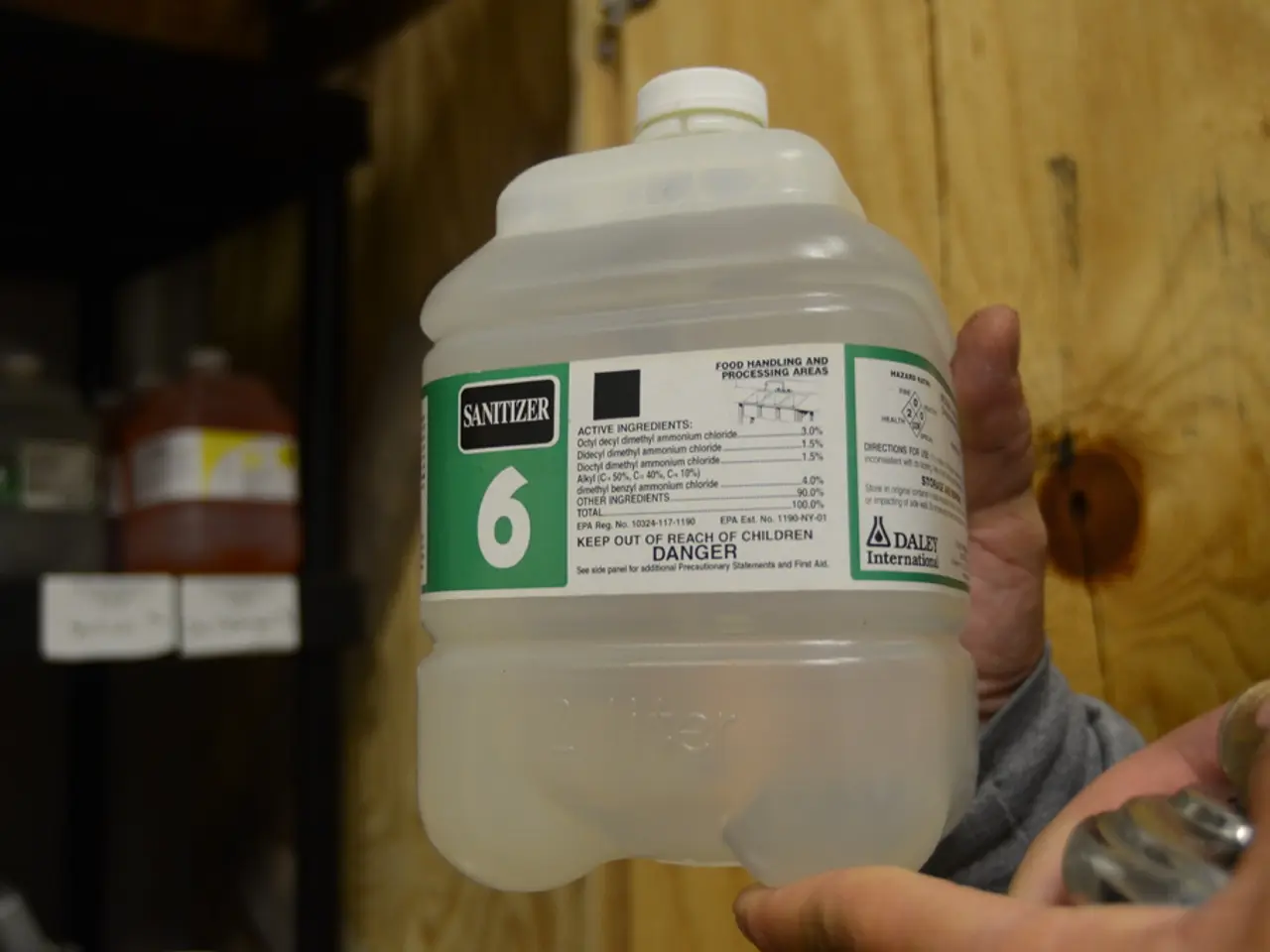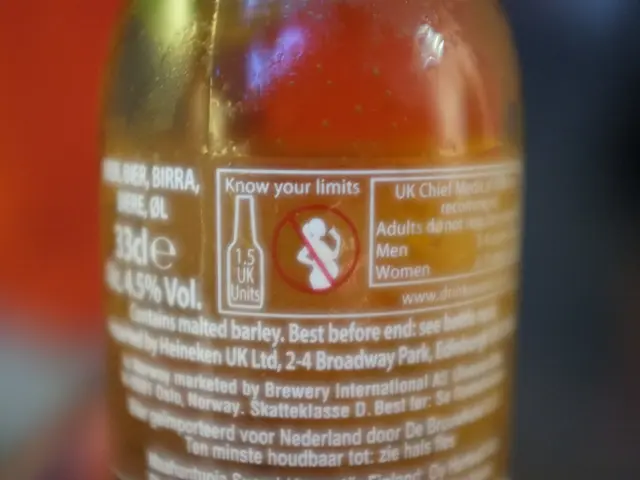Guidelines for Sanitizing Clothes: Strategies for COVID-19 Prevention
In the ongoing battle against COVID-19, understanding how the SARS-CoV-2 virus behaves on different surfaces is crucial. While much is known about the virus's survival on hard surfaces like glass, metal, and plastic, its lifespan on clothing and textiles remains a topic of interest.
SARS-CoV-2, the virus that causes COVID-19, can survive on clothing materials for a few hours up to several days. However, it's important to note that survival is generally shorter on porous fabrics like cloth compared to non-porous surfaces. This is because viral load significantly diminishes after about 48 hours on cloth and similar porous fabrics.
On the other hand, SARS-CoV-2 survival is longer on non-porous surfaces such as stainless steel or plastic. For instance, the virus can remain infectious for up to 7 days on glass, stainless steel, and plastic surfaces, but only for up to 4 days on wood and cloth.
To mitigate the risk of infection from contaminated clothing, it's recommended to wash clothes regularly. The recommended water temperature for disinfecting clothes is between 60-90°C (140-194°F), but high temperatures can damage or shrink delicate clothing items. Using laundry soap or household detergent, including detergent with bleach, can help disinfect fabrics. Additionally, disinfecting laundry baskets with 0.1% sodium hypochlorite or other EPA-approved household disinfectants can also be beneficial.
Soaking clothes in a solution containing quaternary ammonium before washing them may also aid in disinfection. However, it's essential to note that cleaning involves removing dirt and germs from surfaces, but it does not kill them. Disinfection requires the use of chemicals that kill germs.
It's also crucial to take precautions while handling dirty clothing. Wear gloves when doing laundry and wash hands immediately after removing them or handling dirty clothing. This helps to prevent the spread of the virus through indirect contact.
In public laundromats, maintaining a 6-foot (2-meter) distance, wearing disposable gloves, avoiding touching the face, and disinfecting the surfaces of the washer and dryer can help lower the risk of indirect transmission.
While the survival of SARS-CoV-2 on clothing and other textiles is not well understood, precautions such as physical distancing, quarantining, and self-isolating can help reduce the risk of direct transmission.
In summary, while SARS-CoV-2 can survive on clothing materials from a few hours up to several days, regular washing of clothing and fabrics is effective to mitigate risk. Temperature and environmental factors (humidity, UV) further affect virus persistence on textiles. By following these guidelines, we can help ensure a safer laundry routine during these challenging times.
- SARS-CoV-2, responsible for COVID-19, can persist on clothing materials for a few hours to several days, yet viral load decreases significantly on porous cloths after about 48 hours.
- The virus has a longer lifespan on non-porous surfaces like stainless steel or plastic, remaining infectious for up to 7 days, but only for 4 days on wood and cloth.
- To minimize infection risk from contaminated clothing, regular washing is advised, with water temperatures between 60-90°C and laundry detergent or bleach use for disinfection.
- Considering clothes soaking in quaternary ammonium solution before washing can aid disinfection, but remember that cleaning only removes germs, whereas disinfection requires chemicals that kill them.
- While handling dirty clothing, wear gloves and wash hands immediately after removal to prevent virus transmission through indirect contact.
- In public laundromats, follow safety measures like maintaining social distance, using disposable gloves, refraining from face touching, and disinfecting washer and dryer surfaces can lower transmission risk.
- Despite unclear understanding of SARS-CoV-2 survival on textiles, practices like physical distancing, quarantining, and self-isolating help reduce direct transmission risks.
- Adhering to guidelines like these fosters a safer laundry routine during challenging times by lowering the chances of virus transmission.
- Factors like temperature, humidity, and UV exposure have an impact on SARS-CoV-2 persistence on textiles, which science, health, wellness, fitness, and therapy experts are continuing to explore.






